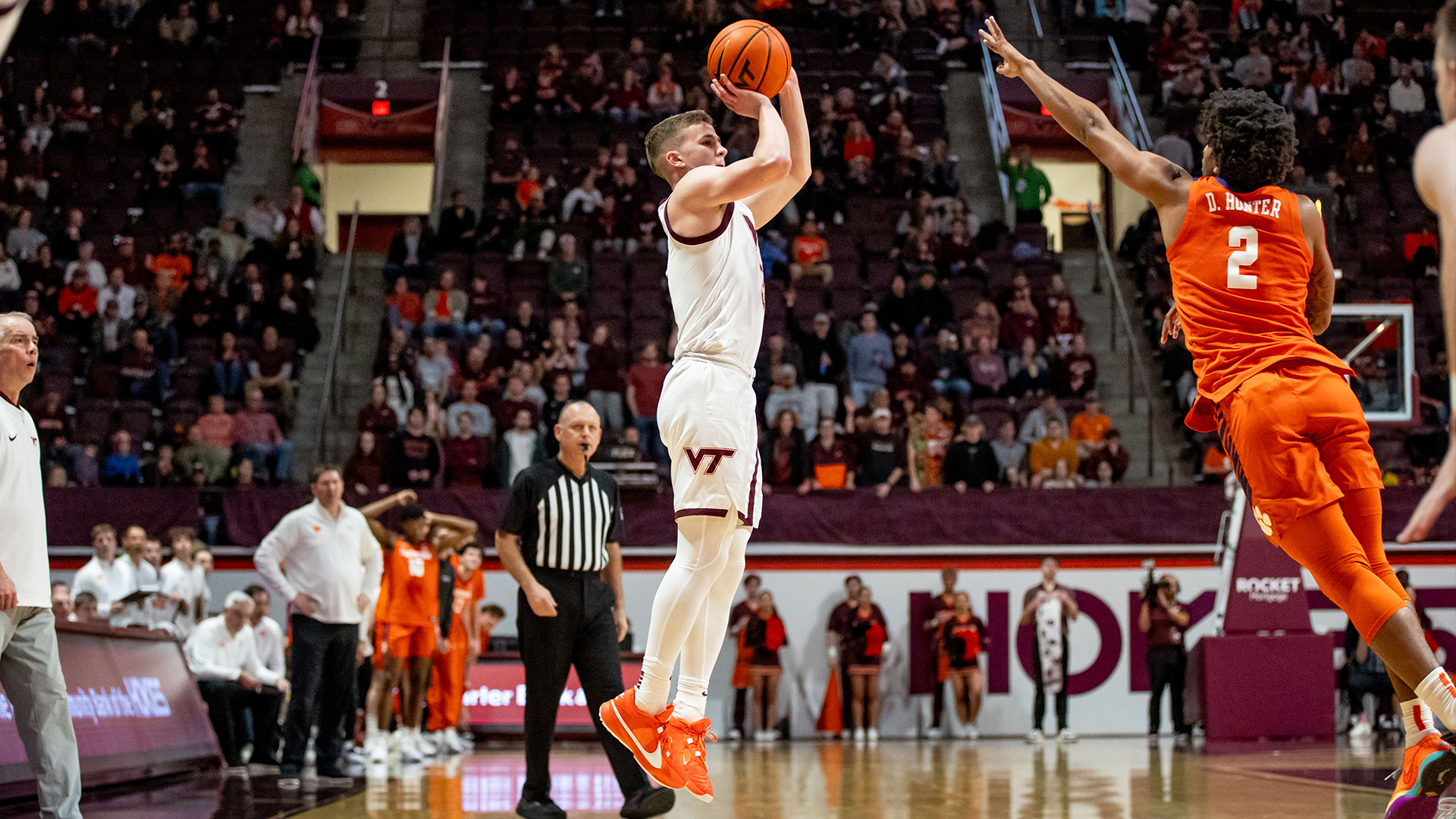Virginia Tourism Corporation recently announced sports tourism in Virginia generated $2.7 billion in direct spending in 2022, marking a 12% increase from 2021.
This growth was driven by 12.1 million sports travelers who participated in tournaments or attended other sports related events in Virginia as spectators.
Sports tourism in 2022 accounted for nearly 8% of Virginia’s overall visitor economy, directly contributing $2.4 billion in visitor spending. Sports-related travelers in 2022 spent $7.3 million every day in Virginia, reflecting a substantial $1 million increase compared to 2019. Sports tourism also employed 28,138 Virginians in 2022 and drove $344 million in state & local tax revenues.
Among the industries impacted by travel, the largest contribution from sports tourism was towards Virginia’s food and beverage sector, totaling $713.8 million, which equates to 27% of the overall spending share.
“We are thrilled to see how sports tourism helped power Virginia’s tourism recovery,” said Dan Roberts, Vice President of Research & Strategy for Virginia Tourism Corporation. “These numbers show the significant impact sports tourism has on the economic growth of communities across the Commonwealth by creating job opportunities, driving development in new infrastructure and venues, increasing tax revenue, and boosting local businesses in the area.”
On a regional basis, the highest concentration of total sports spending is the Central and Southern Virginia region, which incorporates Richmond and Lynchburg. This region represents 32% of total sports spending—higher than other regions in the state. In 2022, the Central and Southern Virginia regions generated $849 million in sports spending, an increase of 10% from 2021.
The Northern Virginia region, which includes the Fairfax, Loudoun, and Prince William areas, ranks as the second-highest region for sports spending, generating $758 million in sports spending in 2022, an increase of 13.7% from 2021. The Coastal Virginia Region, including Virginia Beach and Williamsburg, generated $718 million in sports spending in 2022, an increase of 8% from 2021. The Western Virginia region’s sports tourism economy, which includes the Shenandoah Valley and Roanoke, generated $355 million in sports spending in 2022, while posting the highest level of year-over-year growth from 2021, an increase of more than 25%.
“We are proud of our partners throughout the Commonwealth for their ongoing efforts to make Virginia a premier sports destination,” said Danish Saadat, National Sales & Marketing Manager for Virginia Tourism Corporation and representative of Sports Virginia, the statewide collaboration of professionals from local convention and visitor bureaus, sports commissions, parks and recreation departments and facilities.
In 2020, the sports tourism sector in Virginia experienced a significant decline due to the COVID-19 pandemic, with a 38% reduction in visitation and a 47% decrease in spending. However, sports tourism played a pivotal role in Virginia’s recovery from the pandemic with visitor spending fully recovering in 2021 and by 2022, exceeding pre-pandemic levels. In 2022, Virginia’s sports spending exceeded 2019 levels by 17%, and sports visitation saw an 11% increase compared to 2019 levels.
To further speed recovery, Virginia Tourism Corporation utilized $1 million of the American Rescue Plan Act (ARPA) funds to support a Sports Marketing Incentive Program. The funds were used for event incentives and marketing promotions targeted specifically at attracting new sports tournaments and competitions to spur economic activity and travel across the Commonwealth.
Virginia Tourism Corporation collaborated with Tourism Economics to conduct this comprehensive impact study. For the purposes of this study, sports tourism includes only adult and youth amateur tournaments and collegiate tournaments featuring participants or spectators traveling more than 50 miles or staying overnight away from home. The study excludes all collegiate regular season games or other professional sports including minor league or mid-level professional games, as well as general recreation.
The economic impact of sports tourism was estimated using the regional Input-Output (I-O) model based on a customized IMPLAN model for Virginia, which also subdivided the Commonwealth into four regional areas for further measurement. Attendance data for sports events was gathered directly from Virginia’s local sports tourism partners by Tourism Economics and applied into the analysis. Additionally, visitor profile data from Longwoods International visitor volumes and expenditures for travelers to Virginia participating in sports tourism were key inputs into the study.
Virginia Tourism Office

